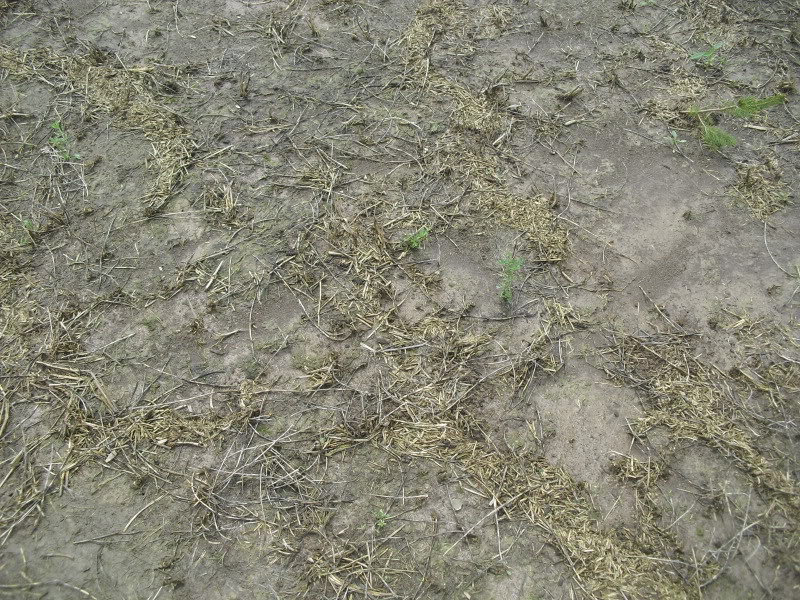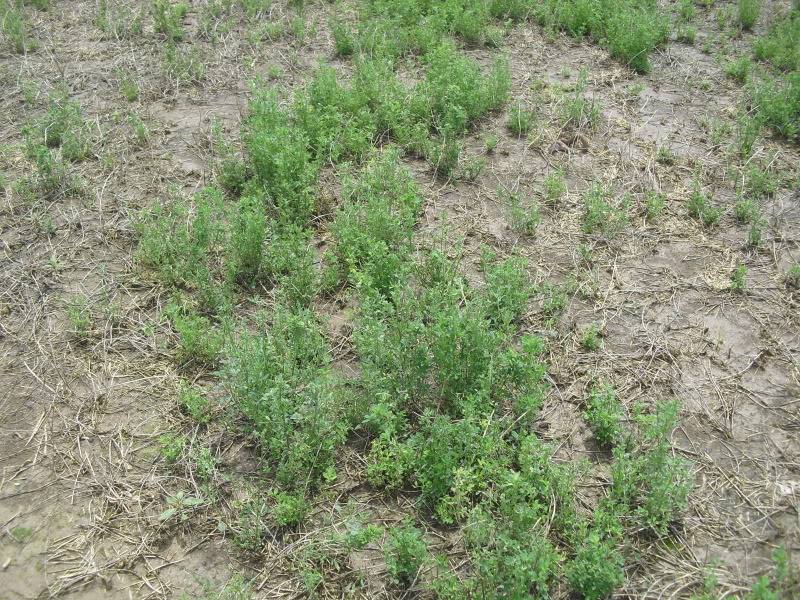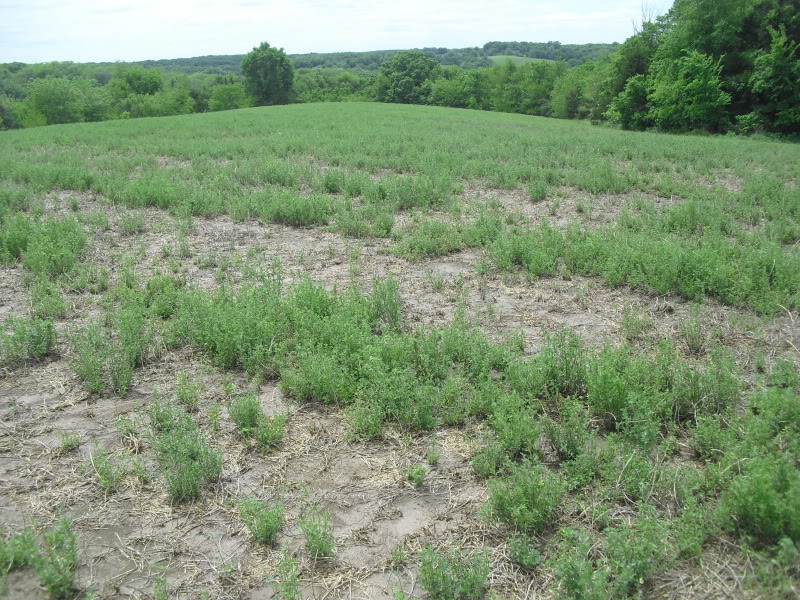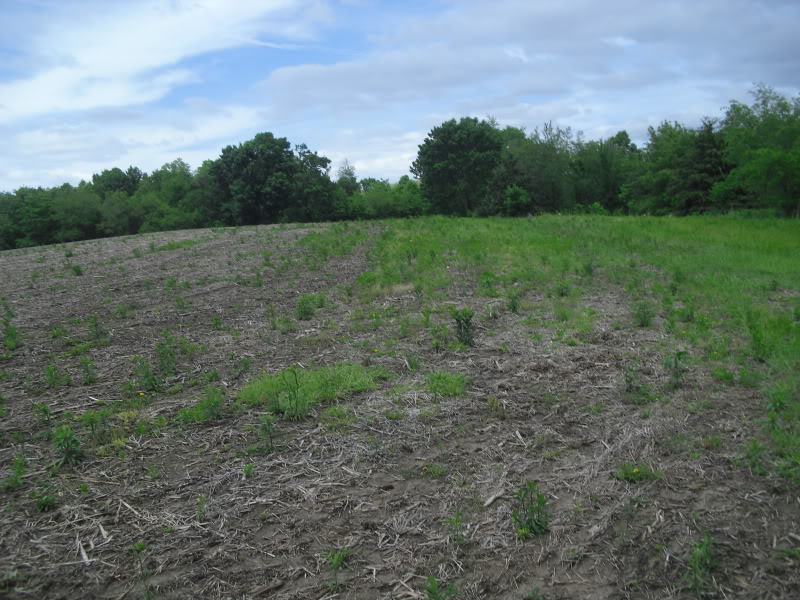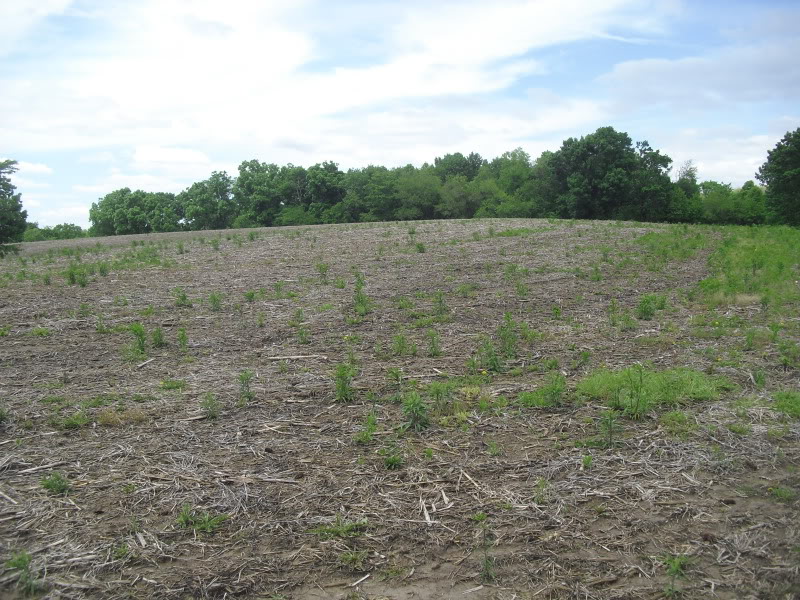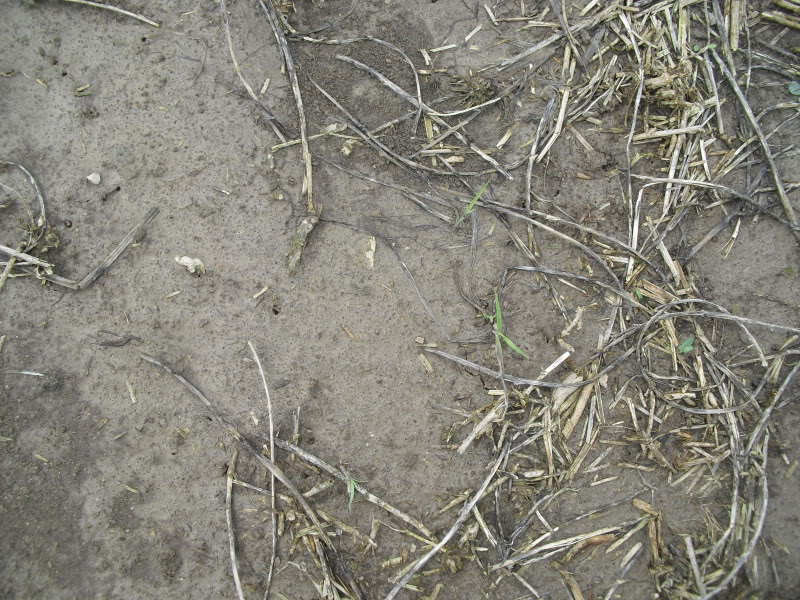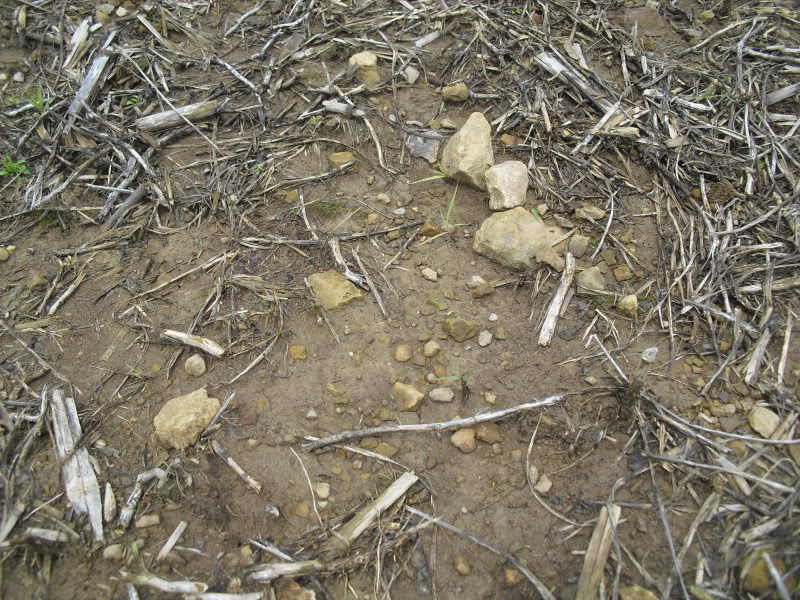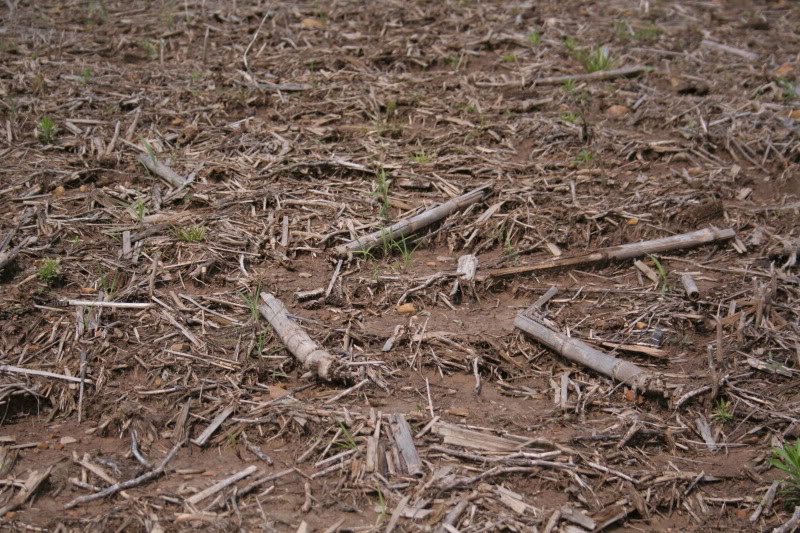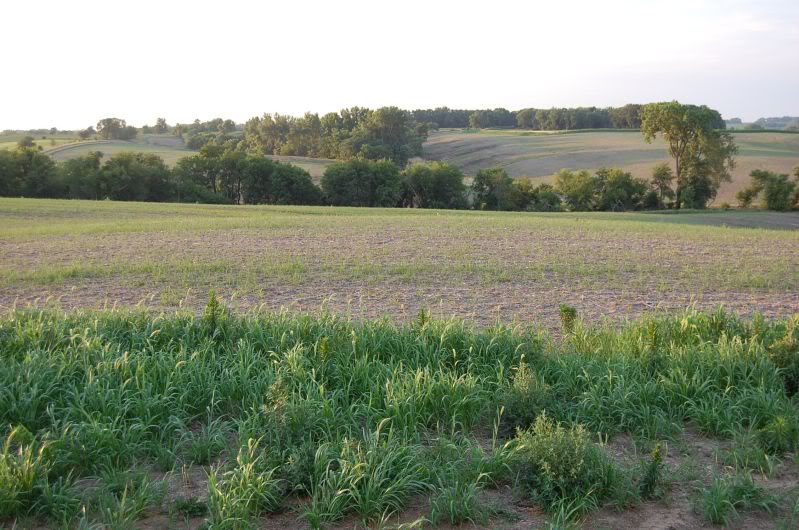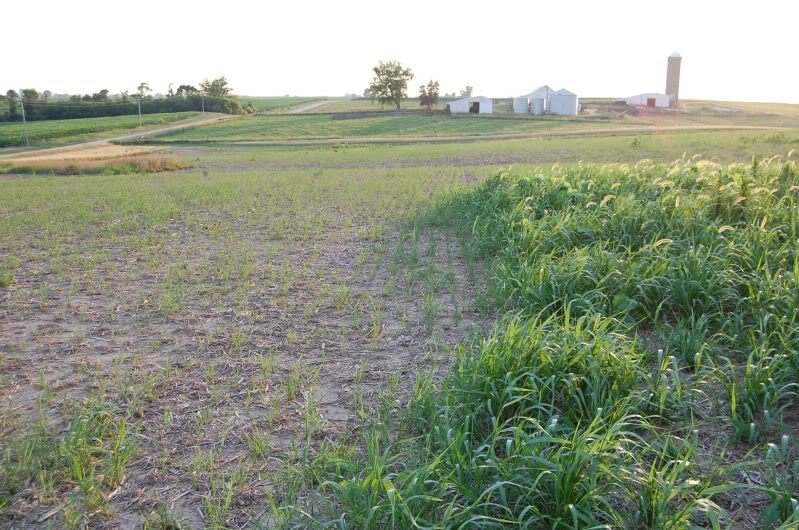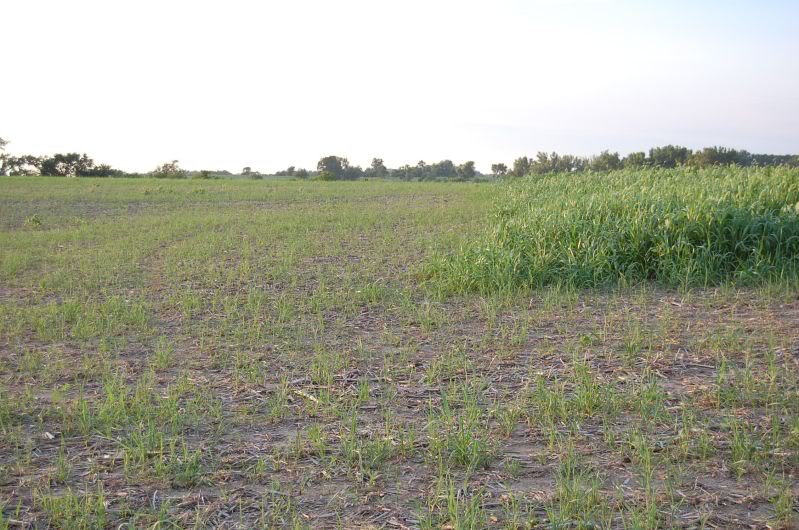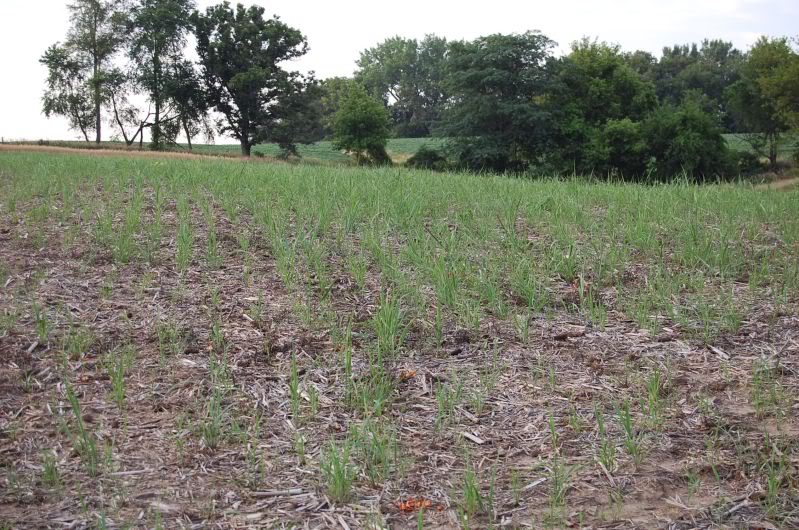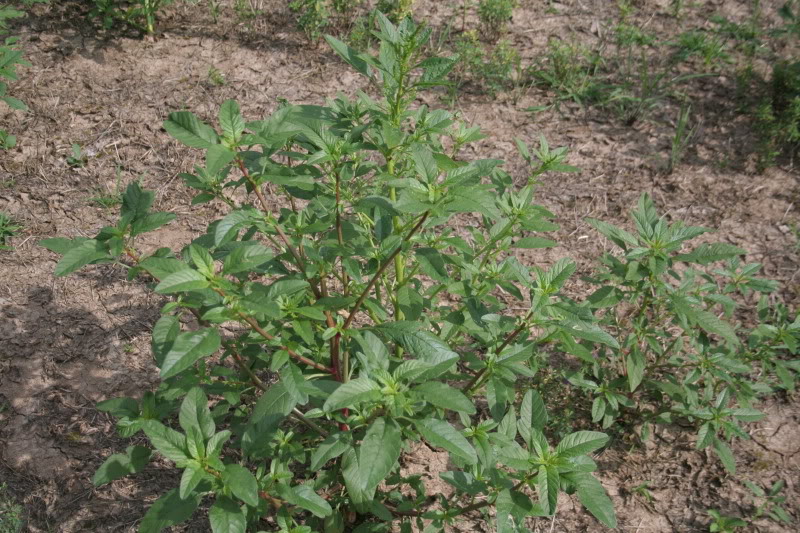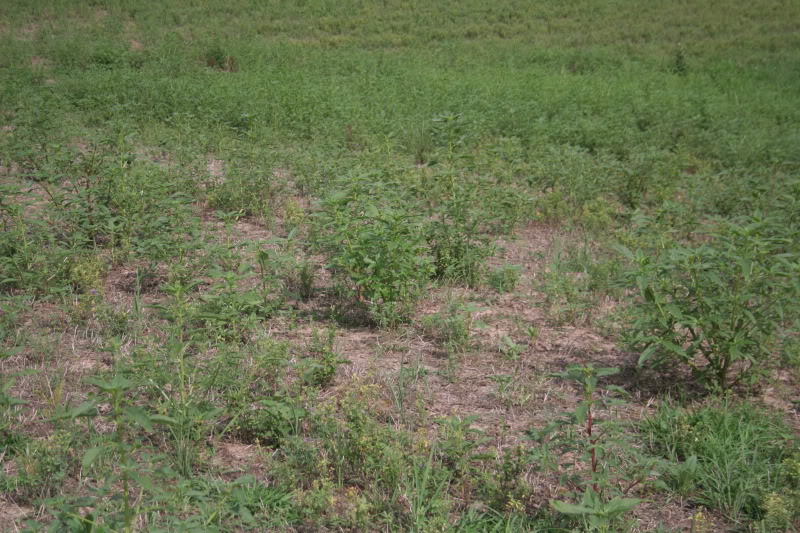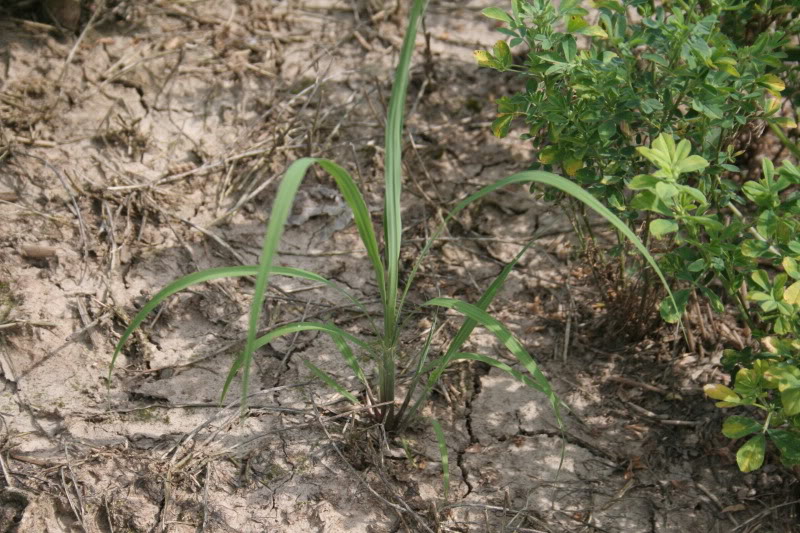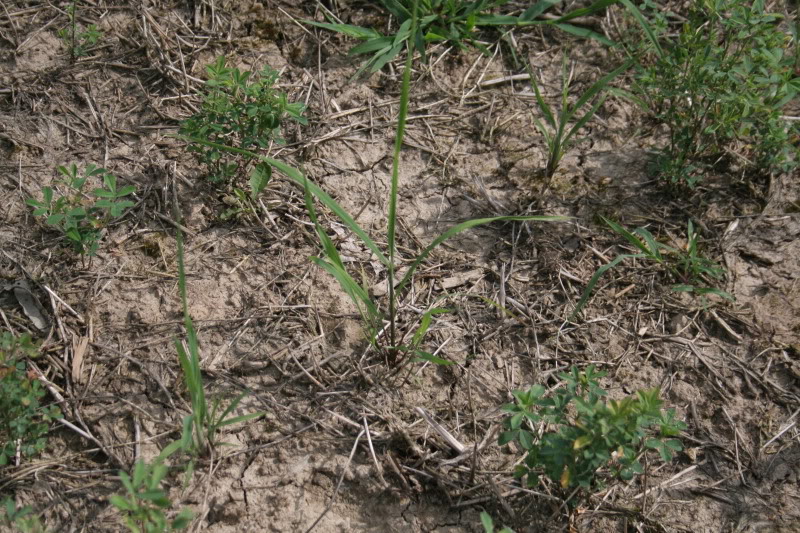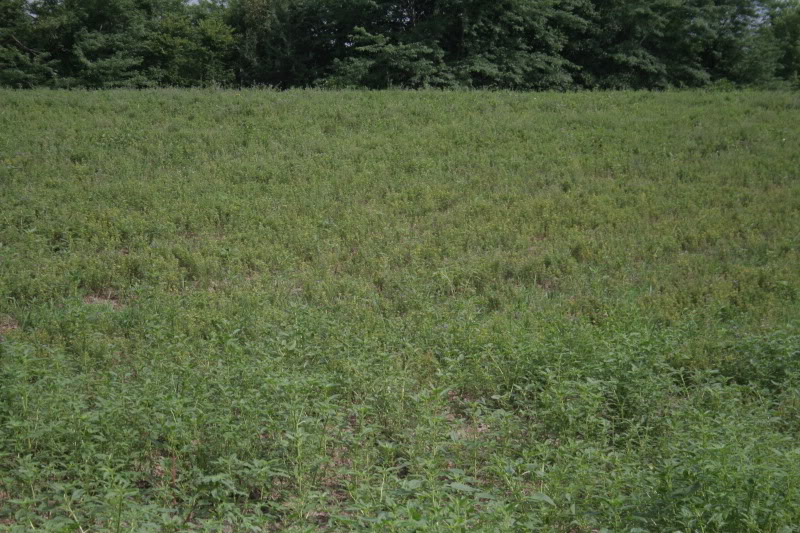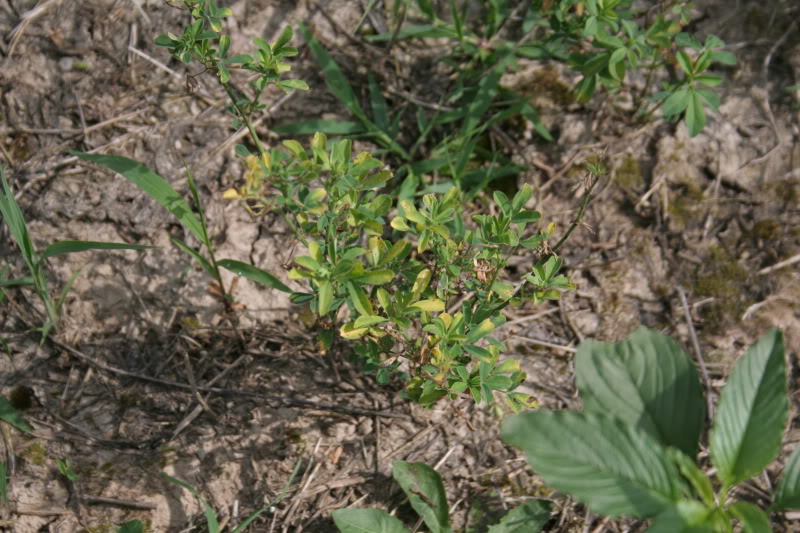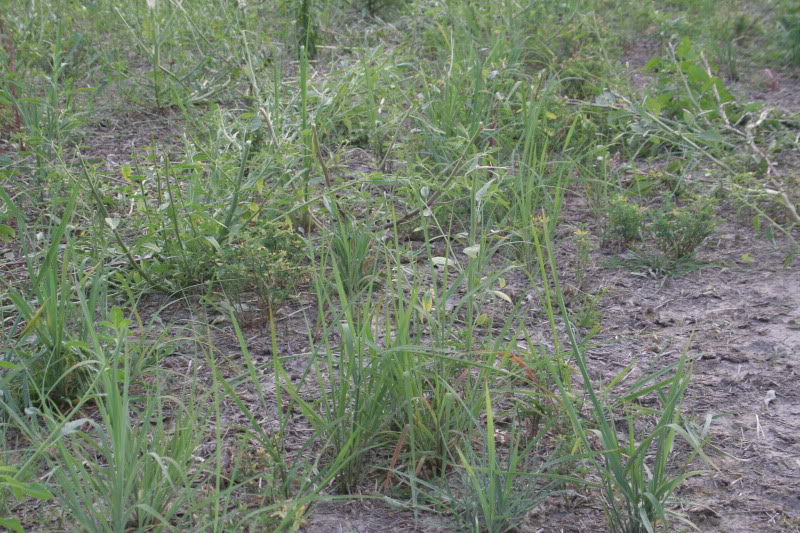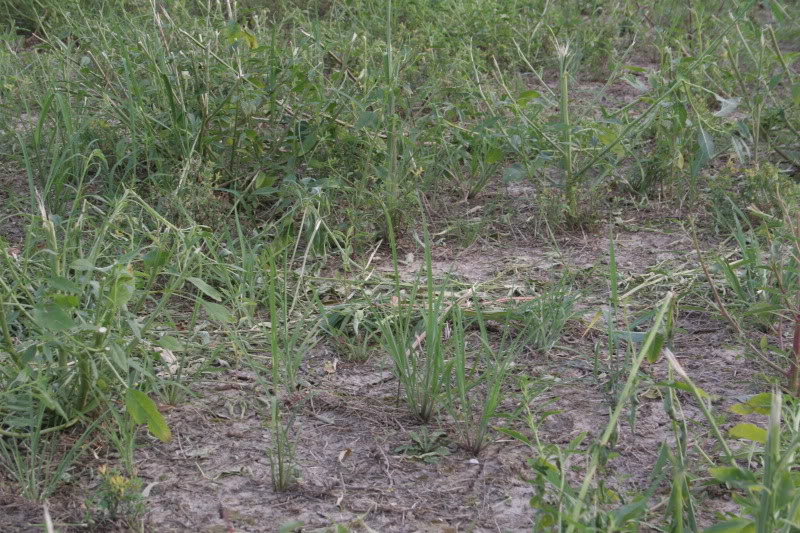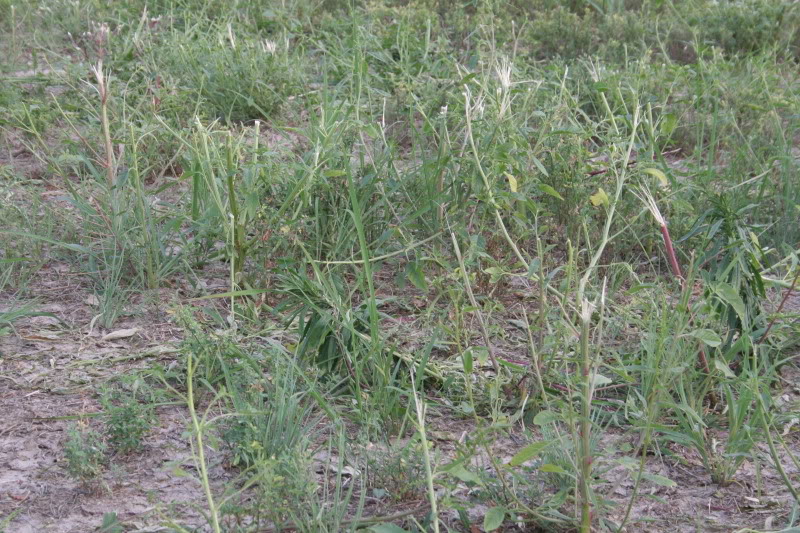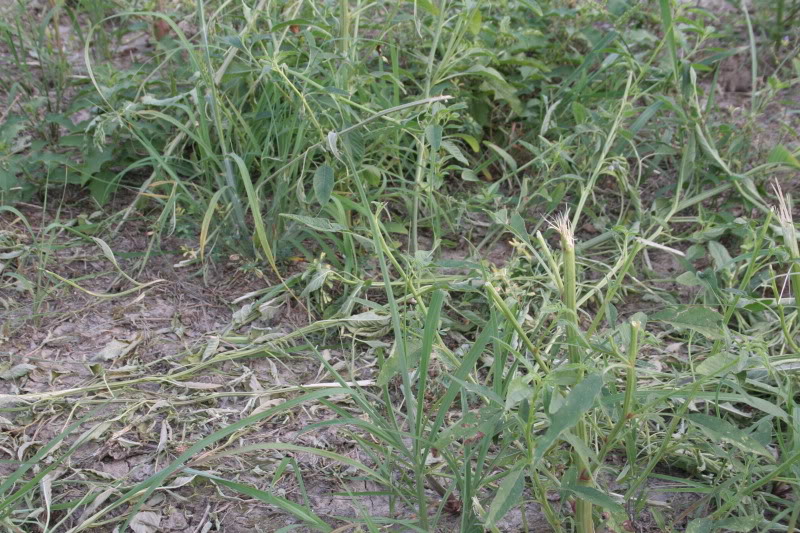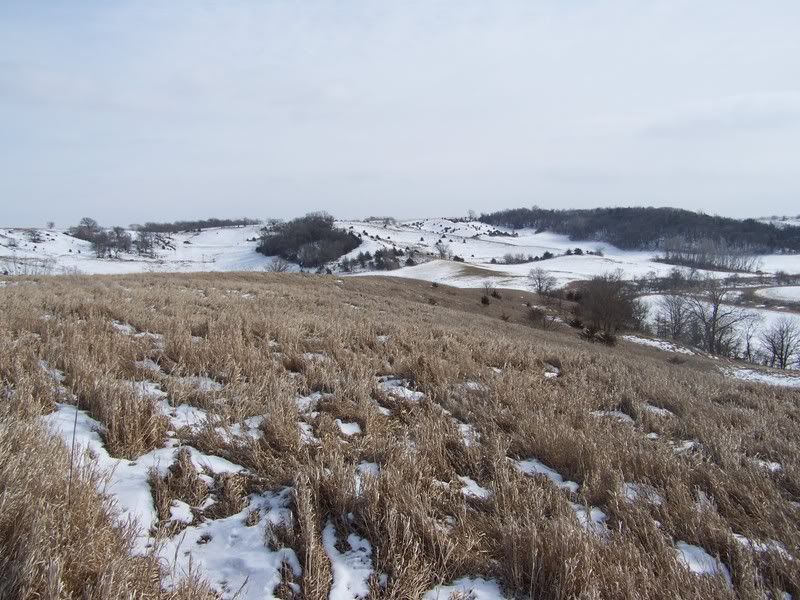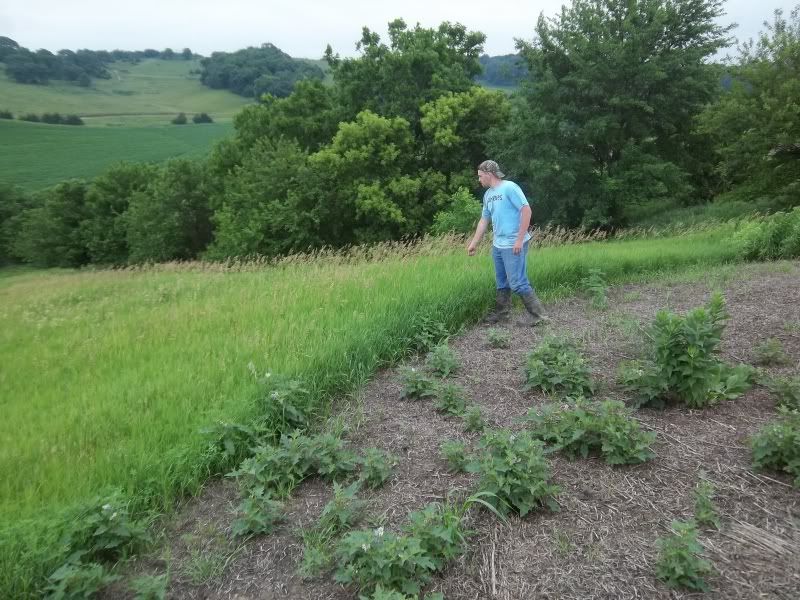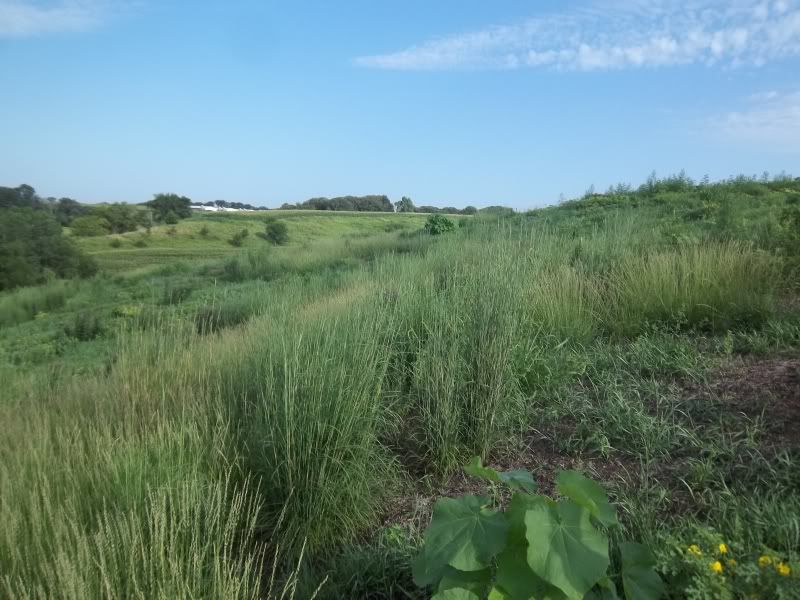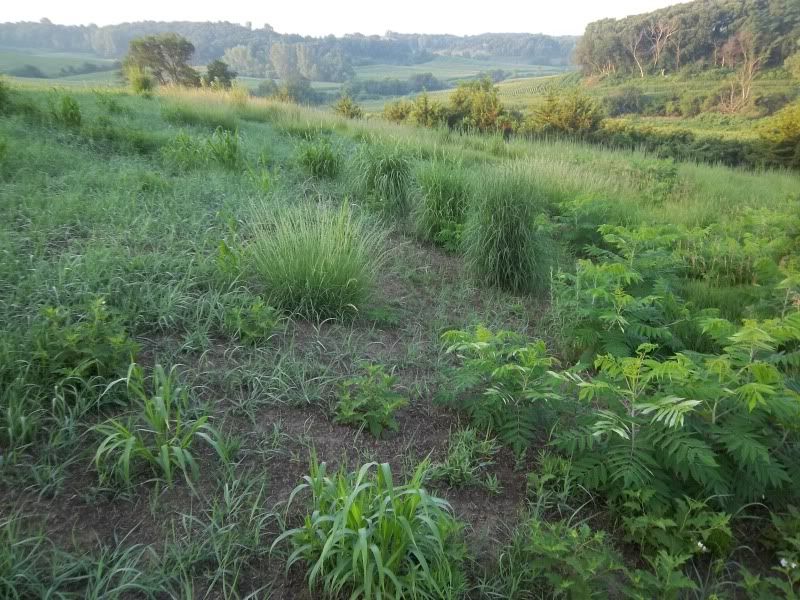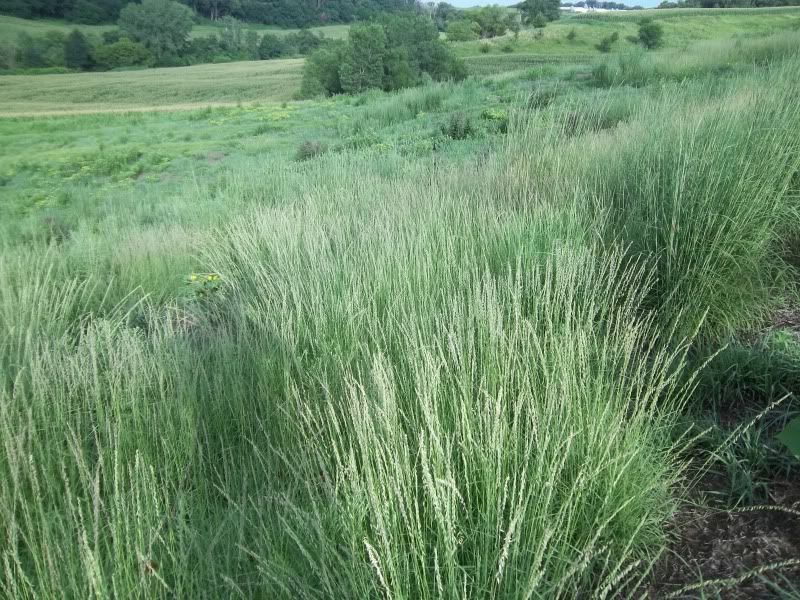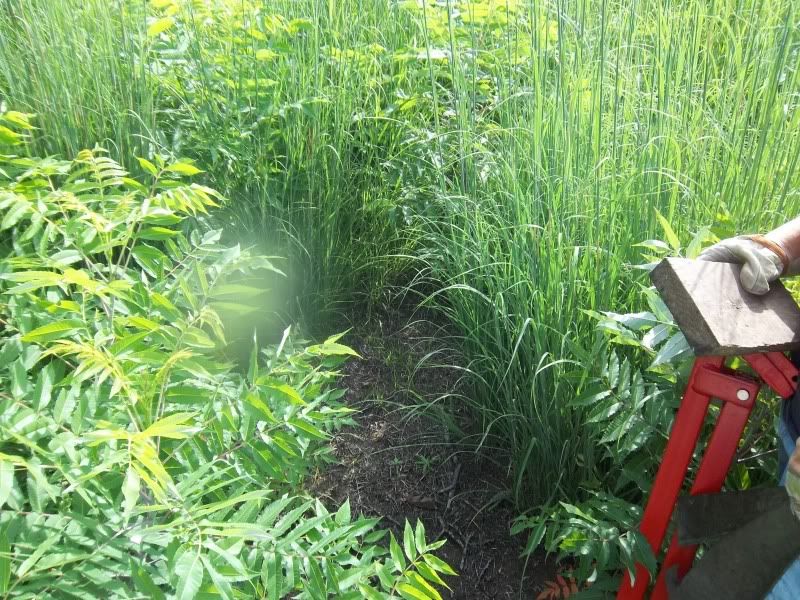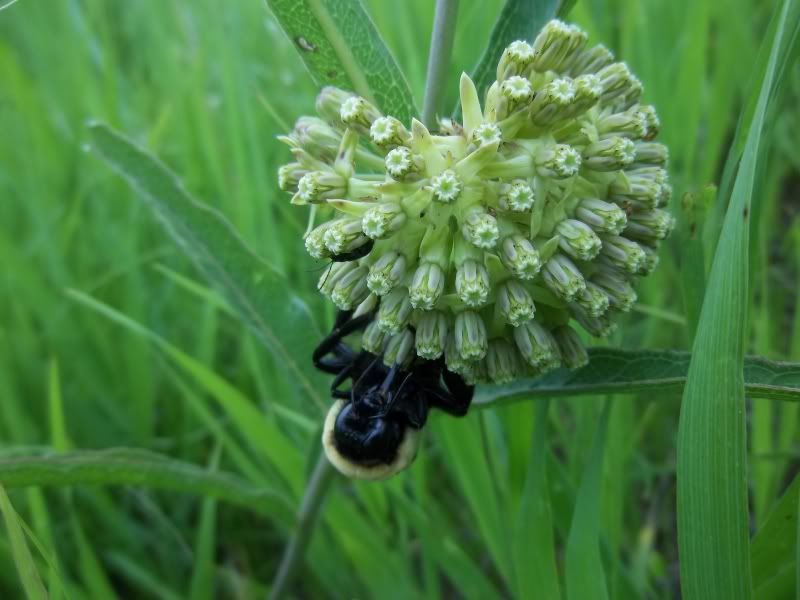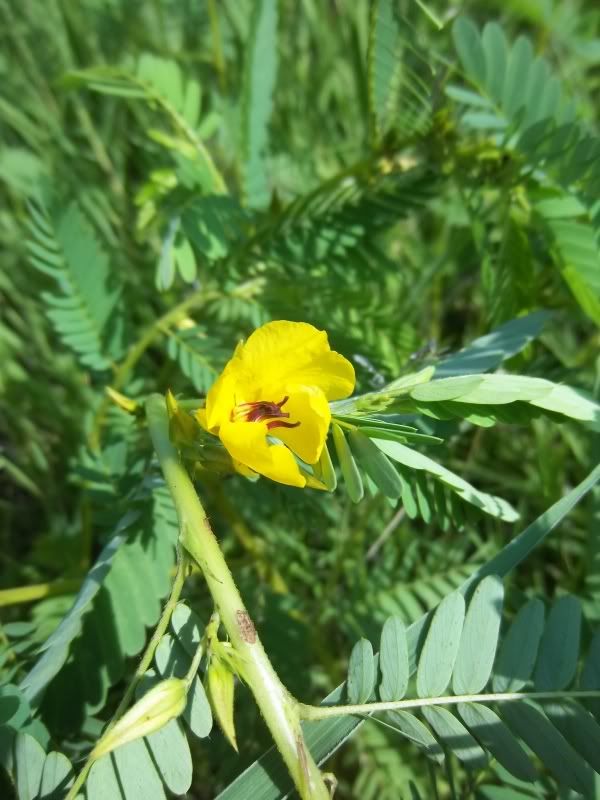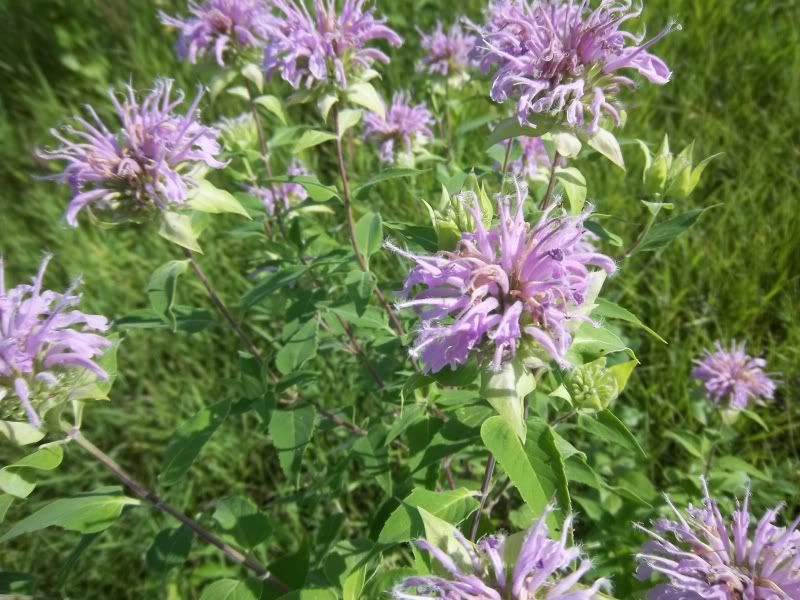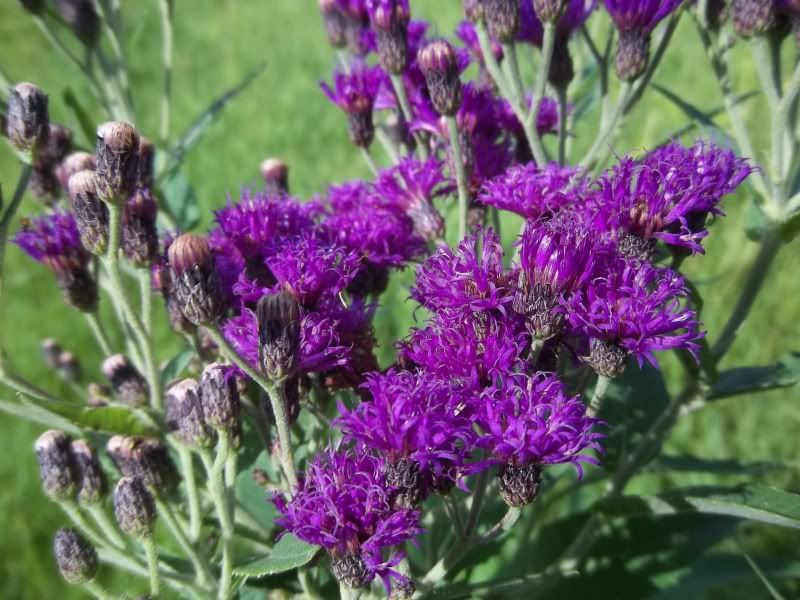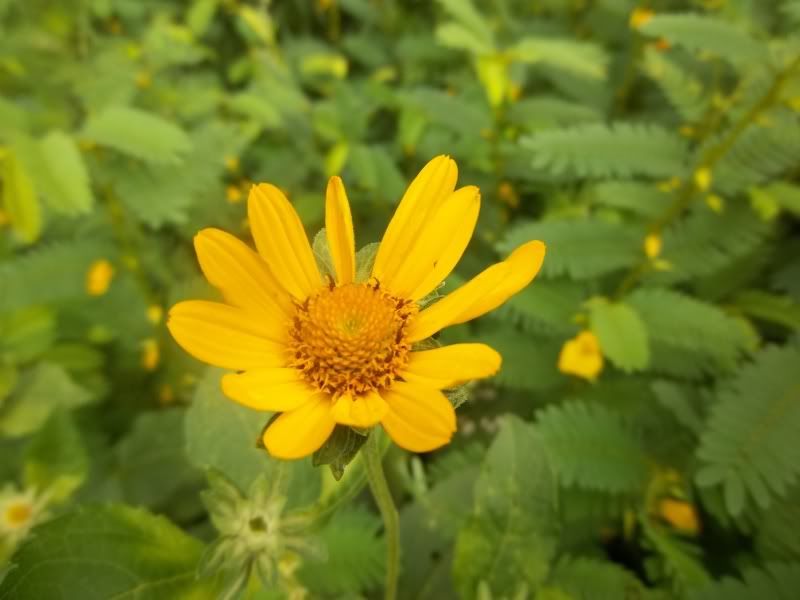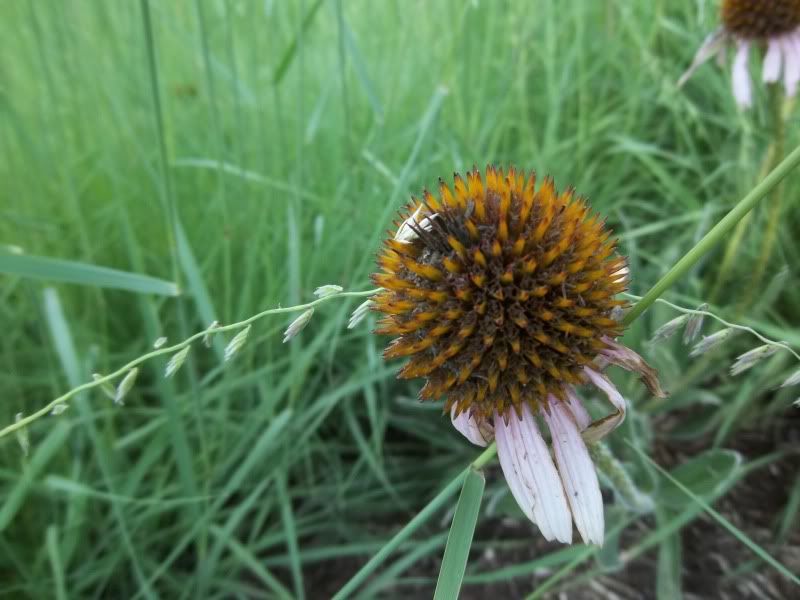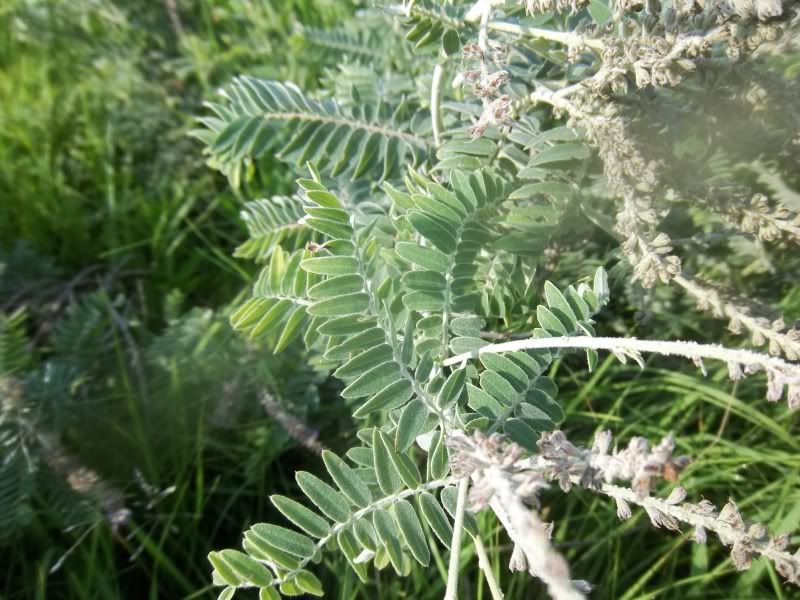Well we jumped head first into the world of native warm season grasses this year when our property qualified for the general crp enrollment. I had to do a little convincing but I think it was the best thing we could do for our property. Since, everything I know about these grasses I learned right here on this thread I thought I would share what the place looks like as of august 1st.
Our property is basically as sandy as you can get. We have some sand hills that literally didnt have weeds grow on them let alone corn or soybeans. So after fighting these sandy soils for years trying to farm them we finally made the decision that crp would do a world of good for these fields. Between the added cover for wildlife and the soil building that comes along with grass it was a no brainer.
We borrowed two old 12ft gravity fed fertilizer spreaders to plant our seed in early march. The nature conservancy is big in Northern Illinois and they do an excellant job of helping local land owners who are trying to re-establish native habitat. The old gravity fed fertilizer spreaders really work well seeding native grasses. As most of you know some of these fluffy seeds are not the easiest to get seeded with convential seeders. These old fertilzer spreaders work great and to top it off you can just pull them behind a truck or even a larger atv. I was worried that we waited too long to get our seed frost seeded but because of all the snow the earliest we could get the seed down was the beginning of march. March ended up being a great month as far as the freezing and thawing action we saw. It even continued into april and I felt really good about "waking" our seed up.
One of the head habitat specialists at the Nature Conservancy really offered us a lot of advice on our project. We thought because of the poor quality of soils we would be planting into that we might have a problem getting a good established native grass field. He actually said we would see just the opposite results. In his years of habitat restoration he said he always has his best results in the poorest soils. The better the soil and the more weed pressure the field would see. I had my doubts but after seeing the results I would have to say he was right on.
Our fields are looking great if you ask me. I know many people say that the first year often looks less than impressive but I cant say that I haven't ever had that thought. Because of our poor soils we never had a real influx of weeds in the fields in april or may. By early to mid June I could already see that our seed had established its self and it was looking good and even throughout our planting. Of course by early august some weeds pressure is occuring in some of the areas that we did have nice, rich soils. But just like my friend at the conservancy said our worst soils, pure sand, are the areas that are looking the best. Almost no weed pressure and the natives have taken off. Without the competion from the weeds for the sun and moisture these "sandy" areas are looking the best. Here is a picture from one part of our field that we call the sand box. It literally has sand in this area like you would see in a sand box and hasnt had a weed or corn stalk grow in it for several seasons. It sure didnt stop these natives

As you can see in the background this is sand. Its almost pure white in some areas. We did have some areas get washed out with some of those big early season rains we had but I would guess in a year or two the whole field will fill in. This area hardly has a weed in it. The natives are not as tall as I thought they would be by now but they are really looking healthy and full considering the hot, dry conditions we had in july. Here's another picture of a different part of the field where the soils are much better.

The grass is much taller in this area but so are the weeds. I am not sure if you can see it or not but I planted two different mixes in this field. One was a shorter grass mix and the other was more of a tall grass prairie mix and you can see the line in the field where one mix ends and the other one starts. Pretty cool that you can see the difference this early into the establishment. We must have had some type of wild sunflower in our mix because there is plenty of it out there growing next to our bean plot. We enrolled just over 5 acres into food plots with our signup and here is a picture of one of our plots.

This plot is two strips of soybeans with sorghum right down the middle. The beans are looking decent but have had significant deer pressure. We had the same problem last year but by the end of August our beans were waist high. Were hoping the same thing happens this year. The sorghum looks real good also. Plenty of weeds in the sorghum because it wasnt roundup ready but I think it adds some nice cover in the plot. Plenty of doves came busting out of the field when we mowed our firebreaks.
Again you can see plenty of weeds in this picture but again this is an area with some of our better soils. We decided not to use any herbicides so we knew weeds would show up. We did mow once in early july and its seemed to help. I really think some weeds are a good thing and with some timely fires in the future I think this 50 acre field will turn into some great habitat. These firebreaks are nearly 14 ft wide. Hopefully they do there job at stopping futures fires from hoping the fence.
Anyways, I thought I would share all that we have accomplished thanks to the help of DblTree and everyone else who has contributed to this thread over the years. What a great resource we have right here free of charge. Thanks guys




